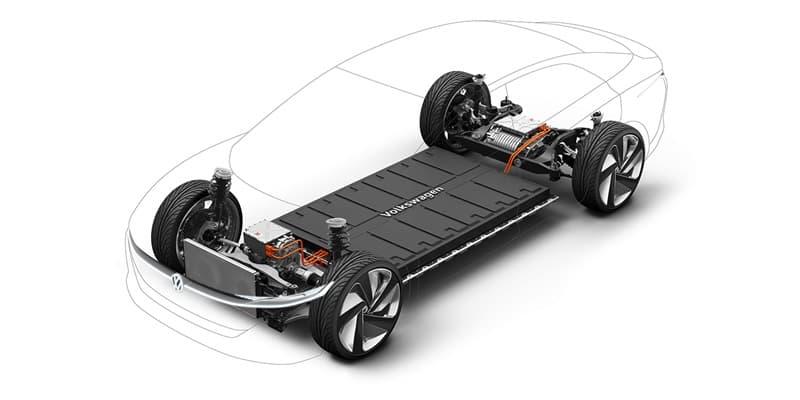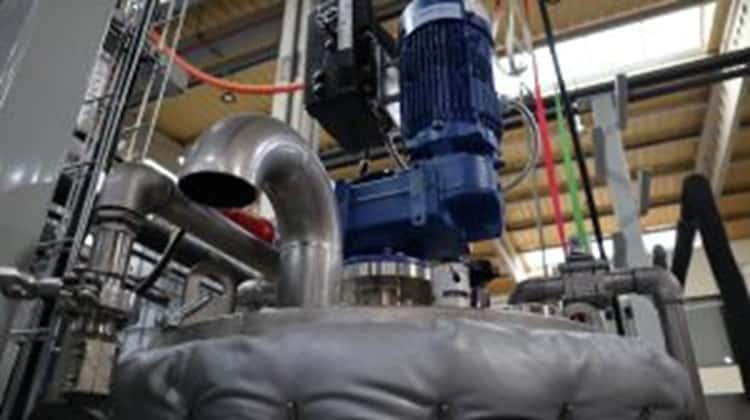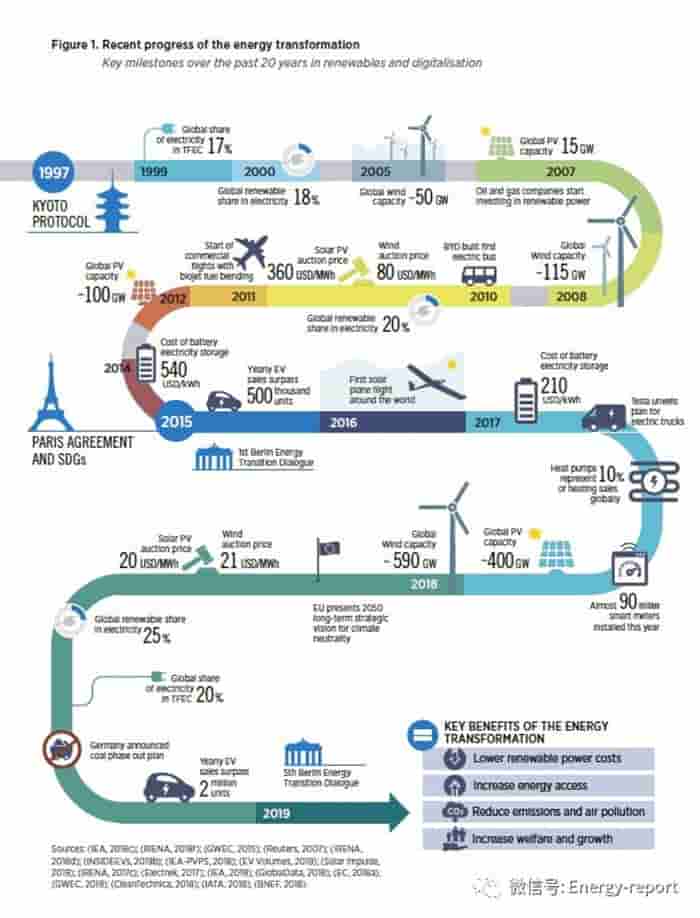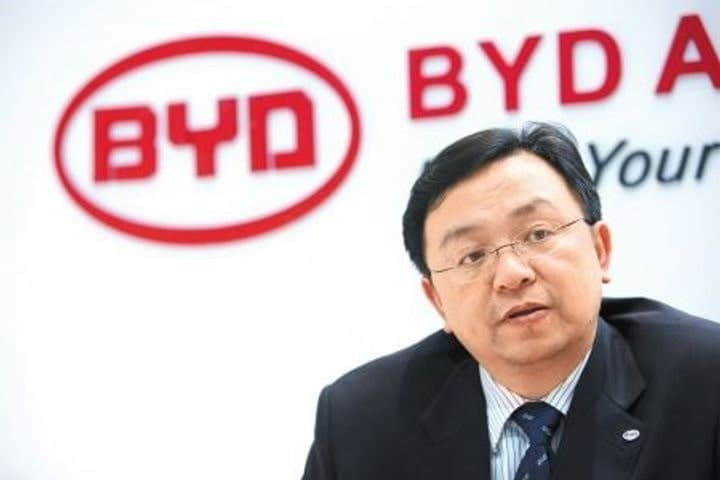In a major collaboration, Toray Industries, Inc. has partnered with Yoshida Co. to jointly develop materials for Tanker bags utilizing Ecodear N510, a revolutionary 100% plant-based nylon fiber. Yoshida’s well-known Porter brand has been manufacturing and selling bags under the iconic Tanker line for the past four decades. The Ecodear N510 fiber is composed of 100% biobased synthetic polymers, meeting the standards set by ISO 16620-1:2015 for the biobased content of plastics.
The outer fabric of the bags will be made using Ecodear 510, a material produced by polymerizing and spinning sebacic acid sourced from castor oil and pentamethylenediamine derived from corn. Bio-nylon fiber
What sets Ecodear N510 apart from other plant-based nylons is its exceptional melting point and dimensional stability, making it both robust and heat-resistant like Nylon 6. Ever since its commercialization in 2022, Toray has been actively exploring new applications for this material as part of its commitment to sustainability.
The partnership aims to combine the benefits of plant-based materials with the practicality of Ecodear N510 for the Tanker line. Toray’s expertise in spinning technology has enabled mass production of Ecodear 510, which Yoshida selected for its strength and quality.
Additionally, the bag lining will feature Toray’s chemical-recycled nylon fibers derived from sources like fishing nets. Bio-nylon fiber
The collaboration between the two companies will continue as they work together to develop more environmentally friendly materials and products.
By using fewer fossil-derived resources and reducing greenhouse gas emissions, Toray and Yoshida are responding to the growing demand for sustainable and eco-friendly materials.
More…

Volkswagen has achieved a significant milestone in the development of solid-state batteries through successful testing with QuantumScape
As the major shareholder and primary customer of QuantumScape, Volkswagen has reported promising results from tests conducted on the solid-state batteries supplied by the U.S. startup. The prototype demonstrated performance exceeding expectations, indicating that the technology is theoretically ready for commercialization.
In laboratory tests conducted by PowerCo, Volkswagen’s battery-focused subsidiary, the QuantumScape solid-state battery exhibited only a 5% storage loss after 1,000 charge cycles. Bio-nylon fiber
This unexpected durability implies that the battery could power an electric vehicle for 500,000 km, losing only 5% of its initial capacity over the entire distance. This result surpasses industry benchmarks, where a solid-state battery is typically considered market-ready if it loses 20% after 700 cycles.
Frank Blome, Head of PowerCo, expressed optimism, stating, “We are facing very encouraging information. This battery is a prelude to energy storage systems with high autonomy, fast charging capabilities, and slow aging.”
QuantumScape’s CEO, Jagdeep Singh, shares the enthusiasm, expressing the company’s commitment to bringing their batteries to market as quickly as possible. Their strategy involves an initial focus on consumer electronics and later expanding into the automotive sector, adapting production capacity accordingly. Bio-nylon fiber

GAIKER has a new pilot plant for the chemical recycling of complex PET waste
Plastic Waste – Problems at world’s largest existing green hydrogen project will not be solved until late 2025, Sinopec admits 05-01-2024
Bio-nylon fiber






